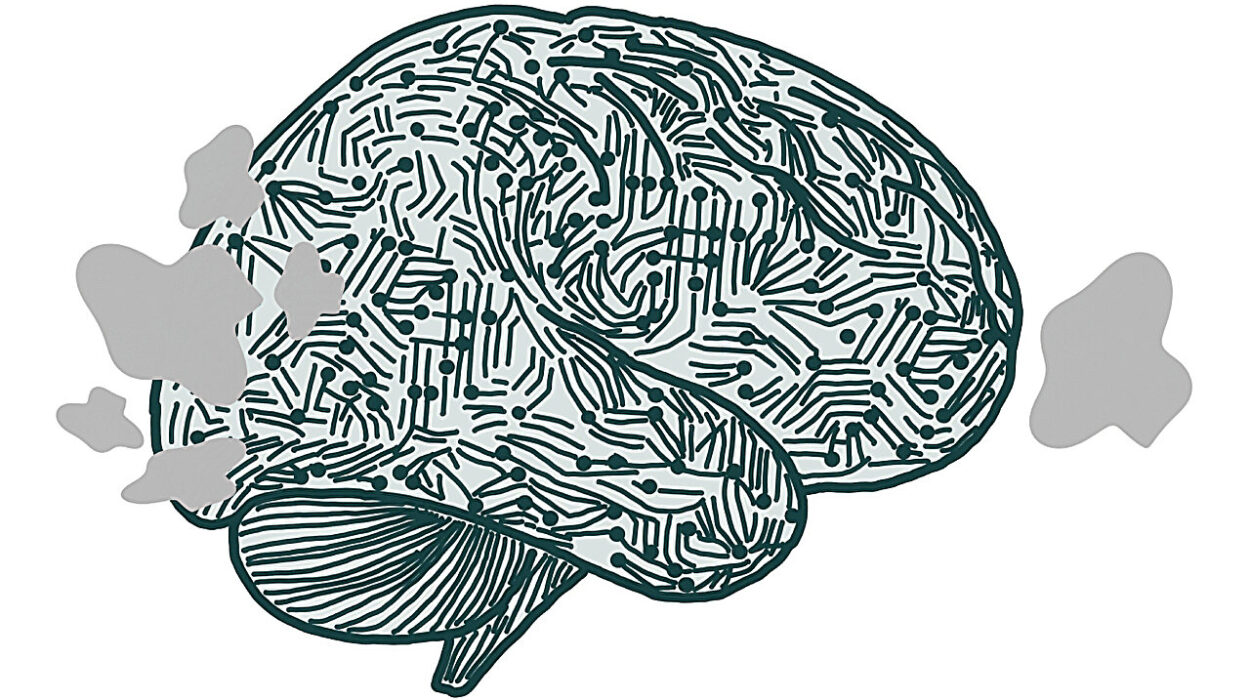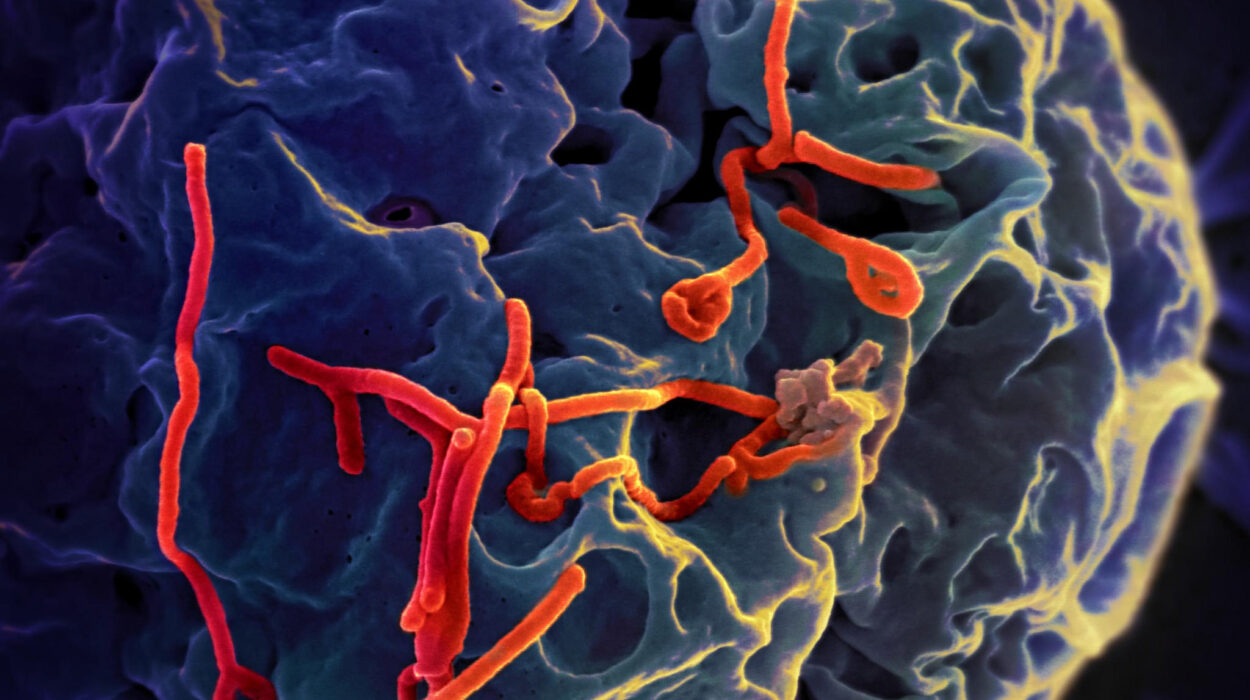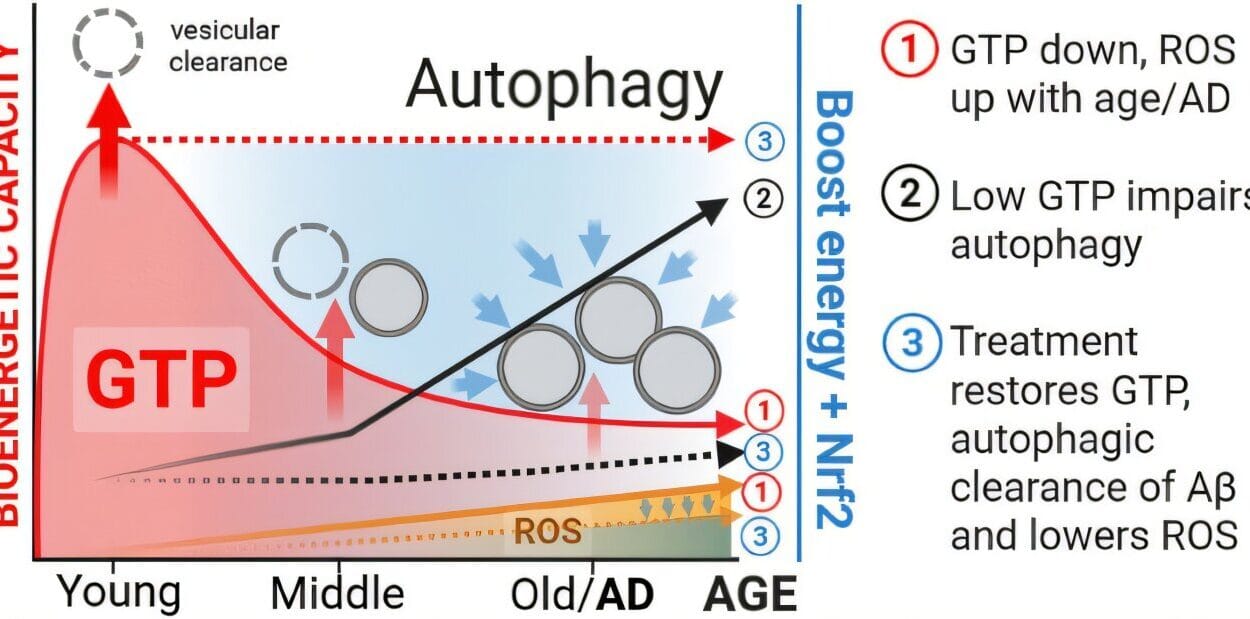Imagine an older adult taking a daily walk through a quiet neighborhood. The rhythm of footsteps against the pavement, the deep breaths of fresh morning air, and the gentle sway of arms all seem like ordinary movements. Yet beneath the surface, something extraordinary is happening: blood flows more freely to the brain, neurons form stronger connections, and memory centers receive vital stimulation. Movement is not just about keeping the body in shape—it is intimately linked to the health of the mind.
The connection between movement and cognitive decline has become one of the most fascinating areas of modern science. Researchers across neuroscience, psychology, and medicine are uncovering how physical activity influences memory, attention, and even the risk of neurodegenerative diseases like Alzheimer’s and Parkinson’s. The evidence is clear: movement is medicine, not only for muscles and bones but for the brain itself.
But how deep does this connection go? Why does something as simple as walking or dancing protect our ability to think, remember, and learn? And what happens when movement is absent, when sedentary lifestyles quietly erode both physical and mental vitality? To understand the link between movement and cognitive decline, we must explore the intricate dialogue between body and brain.
Understanding Cognitive Decline
Cognitive decline refers to the gradual loss of mental abilities, including memory, reasoning, problem-solving, and language. While some decline is part of normal aging—such as slower information processing or occasional forgetfulness—severe or rapid decline can indicate more serious conditions like mild cognitive impairment (MCI) or dementia.
Alzheimer’s disease, the most common form of dementia, is marked by the accumulation of abnormal proteins (amyloid plaques and tau tangles) that damage neurons. Other forms, such as vascular dementia, result from reduced blood flow to the brain. In all cases, the decline interferes with independence, emotional well-being, and quality of life.
What makes cognitive decline particularly concerning is that it often begins silently, decades before symptoms become noticeable. By the time memory lapses are obvious, significant brain changes may already have taken place. That is why preventive strategies—especially lifestyle interventions like movement—are so important.
The Science of Movement and the Brain
The human brain, though weighing only about three pounds, consumes roughly 20% of the body’s oxygen and energy. To function optimally, it requires a steady supply of nutrients, oxygen, and stimulation. Physical movement provides all three.
When we engage in physical activity, the heart pumps more blood, carrying oxygen and glucose to the brain. This increased circulation fuels neural activity and promotes the growth of new blood vessels. At the same time, movement stimulates the release of brain-derived neurotrophic factor (BDNF), a protein often described as “fertilizer for the brain.” BDNF supports the growth, survival, and plasticity of neurons, enhancing the brain’s ability to form and strengthen connections.
Exercise also stimulates neurogenesis—the creation of new neurons—in the hippocampus, a region critical for learning and memory. This discovery, once thought impossible, revolutionized neuroscience. The hippocampus, which often shrinks with age and disease, can be rejuvenated through consistent movement.
Additionally, movement regulates neurotransmitters such as dopamine and serotonin, which influence mood, motivation, and focus. These chemical shifts help explain why people often feel sharper, calmer, and more energized after exercise.
Movement as a Protective Shield
Mounting evidence shows that regular physical activity reduces the risk of cognitive decline and dementia. Large-scale studies reveal that individuals who engage in consistent movement—whether walking, cycling, swimming, or even gardening—are significantly less likely to develop Alzheimer’s disease compared to sedentary peers.
One study published in The Lancet identified physical inactivity as one of the leading modifiable risk factors for dementia worldwide. Researchers estimate that up to 40% of dementia cases could be delayed or prevented by addressing lifestyle factors, with movement playing a central role.
Even modest activity makes a difference. A brisk 30-minute walk five times a week has been linked to improved memory, faster processing speed, and better executive function (the mental skills that help us plan, focus, and make decisions). The protective effects are strongest when movement is sustained over years, but benefits can begin at any stage of life.
Sedentary Behavior: The Silent Enemy
Just as movement protects the brain, inactivity harms it. In today’s world of desk jobs, screen time, and long commutes, sedentary behavior has become a global epidemic. Sitting for prolonged periods reduces blood flow, lowers oxygen supply, and increases the risk of obesity, diabetes, and cardiovascular disease—all of which are associated with cognitive decline.
Research shows that even people who exercise regularly can experience negative effects if they spend most of the day sitting. Movement needs to be integrated into daily life, not confined to isolated workouts. Small acts—standing up every hour, stretching, walking during breaks—can help counter the damage of inactivity.
The Role of Different Types of Movement
Not all movement affects the brain in the same way. Different forms of physical activity stimulate unique neural pathways, offering varied benefits for cognitive health.
Aerobic Exercise
Activities like walking, running, swimming, or cycling increase heart rate and blood flow, directly benefiting the brain’s vascular system. Aerobic exercise has consistently been linked to improved memory, attention, and processing speed.
Strength Training
Weightlifting and resistance exercises build muscle, but they also improve brain function. Studies suggest that strength training enhances executive functions and slows age-related shrinkage in brain regions associated with decision-making and planning.
Balance and Flexibility Activities
Practices like yoga and tai chi combine movement with mindfulness, reducing stress hormones that damage the brain. These activities improve focus, emotional regulation, and overall well-being.
Dance and Complex Movements
Dance uniquely engages the brain by combining physical activity with rhythm, coordination, and social interaction. Learning dance routines challenges memory and motor skills simultaneously, creating a powerful cognitive workout.
Movement Across the Lifespan
The link between movement and cognitive health is not limited to older adults. It spans the entire lifespan.
Childhood and Adolescence
In young people, physical activity supports brain development, enhancing attention, memory, and academic performance. Active children often display better behavior, improved emotional regulation, and stronger problem-solving skills.
Adulthood
During adulthood, regular movement helps manage stress, sharpen focus, and maintain resilience against cognitive decline. It also reduces the risk of chronic diseases that contribute to dementia.
Older Age
In older adults, movement becomes a lifeline for independence and brain health. Studies show that seniors who stay active retain sharper memory, stronger reasoning skills, and slower progression of cognitive decline compared to sedentary peers. Even individuals with mild cognitive impairment benefit, often experiencing improved mood, mobility, and quality of life.
The Psychological Dimension of Movement
Beyond its biological effects, movement has profound psychological benefits. Physical activity reduces anxiety, alleviates depression, and enhances self-esteem. These emotional states directly influence cognitive function—after all, it is difficult to concentrate or remember when weighed down by stress or sadness.
Movement also provides a sense of mastery and agency. Whether it’s completing a long hike, lifting a heavier weight, or learning a new dance step, physical achievements reinforce confidence in one’s abilities. This psychological boost can protect against the hopelessness often associated with cognitive decline.
Social Movement and Brain Health
Movement is often more powerful when shared. Group activities such as team sports, dance classes, or community walks combine physical benefits with social interaction. Social engagement itself is a protective factor against cognitive decline, and when paired with exercise, the effects are amplified.
For older adults in particular, combining movement with social connection combats loneliness, stimulates conversation, and reinforces cognitive skills like memory and language. A dance class, for example, may challenge the brain to remember steps, the body to execute them, and the heart to connect with others—all in one activity.
Neuroplasticity: How Movement Rewires the Brain
A central reason movement protects against cognitive decline is its impact on neuroplasticity—the brain’s ability to reorganize itself by forming new neural connections. Physical activity enhances plasticity by increasing BDNF and promoting neurogenesis, especially in areas linked to learning and memory.
Neuroplasticity explains why movement benefits not only prevention but also recovery. Stroke patients, for instance, often regain lost functions through physical rehabilitation that encourages the brain to reroute signals around damaged areas. Similarly, exercise has been shown to improve cognition even in individuals already diagnosed with dementia, delaying further decline.
Movement as Preventive Medicine
Medicine often emphasizes treatment after illness appears, but movement demonstrates the power of prevention. By adopting an active lifestyle early, individuals can build a “cognitive reserve”—a buffer of neural networks and mental skills that delay the onset of decline.
Cognitive reserve means that even if brain changes associated with Alzheimer’s occur, symptoms may appear later or progress more slowly in active individuals compared to sedentary ones. In this sense, movement is not just about adding years to life but about adding life to years.
Barriers to Movement and How to Overcome Them
Despite its clear benefits, many people struggle to incorporate movement into daily life. Barriers include time constraints, lack of motivation, physical limitations, and environmental obstacles. For older adults, fear of injury or chronic pain may further reduce activity.
Overcoming these barriers requires creativity and compassion. Small, sustainable changes—like walking with a friend, using stairs instead of elevators, or joining community classes—can make movement enjoyable and accessible. For individuals with mobility challenges, even chair exercises or gentle stretching can provide meaningful benefits.
The Future of Research on Movement and Cognitive Decline
As the global population ages, understanding the link between movement and brain health has become a public health priority. Scientists are exploring the optimal types, intensities, and durations of activity for cognitive protection. Emerging research is also examining how genetics, diet, and sleep interact with movement to influence brain health.
Technological innovations may play a role as well. Wearable devices can track activity and provide personalized feedback, while virtual reality can create immersive movement experiences for individuals with limited mobility. These advances offer new possibilities for promoting movement across diverse populations.
A Holistic Vision of Health
Movement cannot be separated from the broader picture of health. It interacts with diet, sleep, social connection, and mental well-being in a complex web that shapes cognitive vitality. To truly protect the brain, movement must be embraced as part of a holistic lifestyle.
The wisdom of this approach is not new. Ancient traditions often linked physical movement with mental clarity—yoga in India, martial arts in East Asia, and dance in indigenous cultures all reflect the understanding that body and mind are intertwined. Modern science has now confirmed what these traditions intuited: when the body moves, the mind thrives.
Conclusion: Movement as a Path to Cognitive Resilience
The link between movement and cognitive decline is no longer speculative—it is one of the most well-supported findings in neuroscience and public health. Movement nourishes the brain with oxygen and nutrients, sparks the growth of new neurons, and strengthens the networks that support memory and reasoning. It shields against dementia, slows decline, and enhances the quality of life at every stage.
But beyond science, movement is a reminder of what it means to be human. It is rhythm, energy, and expression. It is a morning walk, a child’s game, a dance shared with friends. In each step, stretch, and leap, the body speaks to the brain, whispering resilience, renewal, and vitality.
In the end, protecting our minds may be as simple as moving our bodies—one step, one breath, one joyful dance at a time.






